European Markets Find Modest Reprieve Amidst Earnings Concerns and Rising Yields; US Jobs Report Stabilizes Sentiment | Daily Market Analysis

Key events:
- USA - FOMC Member Harker Speaks
- USA - FOMC Member Bowman Speaks
- UK - BoE MPC Member Pill Speaks
European markets experienced modest gains on Friday, providing a slight reprieve at the end of an overall negative week. Market sentiment was weighed down by concerns over earnings guidance downgrades and rising long-term yields.
However, the release of a mixed US jobs report helped stabilize sentiment and lifted the DAX and FTSE100 from their weekly lows. The report indicated another slowdown in jobs growth in July, along with downward revisions to previous months, suggesting that central bank rate hikes have been effective, and no further rate hikes are expected.
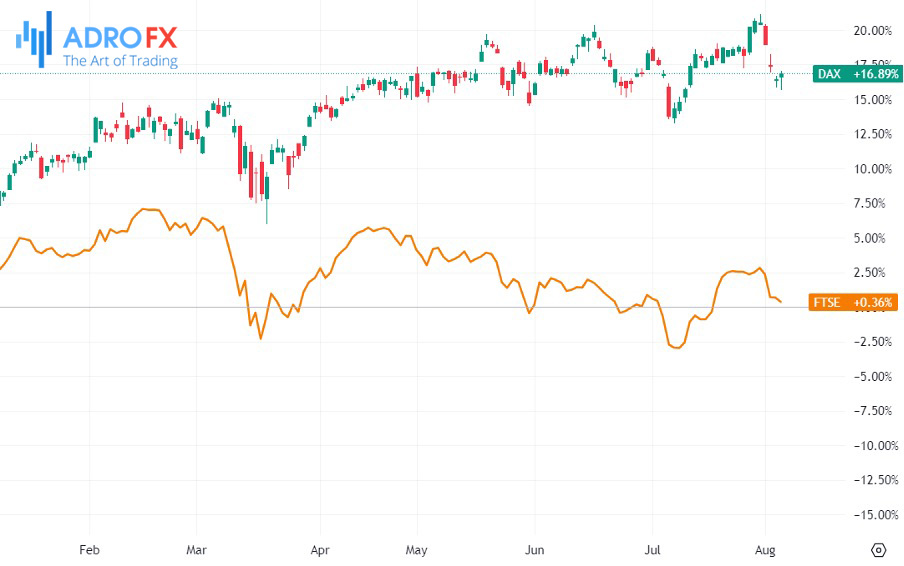
S&P 500 experienced a drop, primarily driven by a decline in Apple's stock and a mixed July jobs report. The report indicated that job gains in July were fewer than expected, but there was a slight increase in wages, raising concerns about potential re-acceleration in inflation.
The S&P 500 index fell 0.5%, while the Dow Jones Industrial Average dropped 0.4% or 143 points, and the Nasdaq declined by 0.2%.
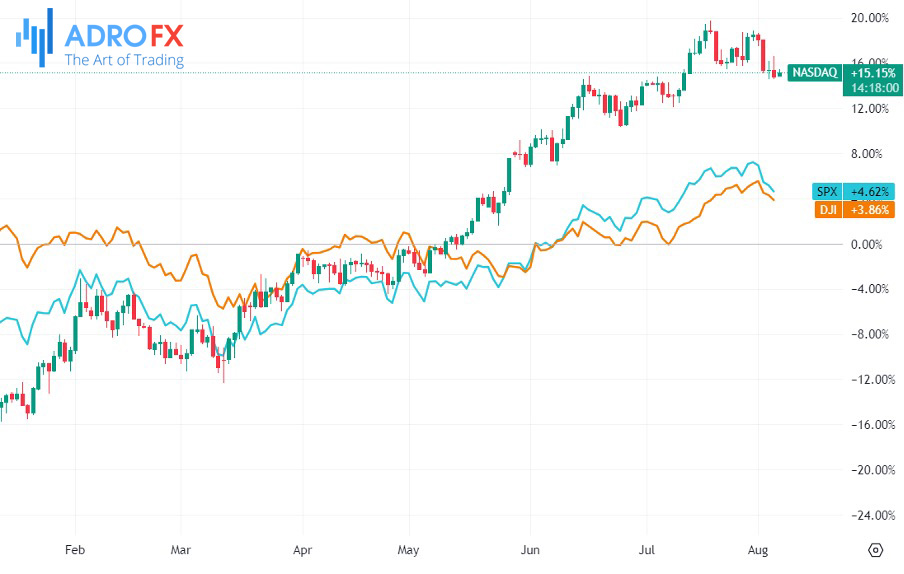
In July, the economy created 187,000 new jobs, falling short of economists' estimates of 200,000. However, there was a slight increase in average hourly earnings, and unemployment unexpectedly fell, suggesting that the labor market remains tight. This situation may lead the Federal Reserve to take further actions to slow down economic growth and inflation.
Despite this, Treasury yields took a hit as investors speculated that the Fed might have already completed its last interest rate hike in the previous month. The tightening measures undertaken so far appear to be impacting the economy and labor market.

However, economists from Pantheon Macroeconomics noted that they still anticipate inflation numbers to be strong enough to influence the Fed's decisions in September, though it remains uncertain and not a done deal. Investors are keeping a close eye on these economic indicators and policy developments to navigate the market's uncertainty.
Apple Inc (NASDAQ: AAPL) experienced a more than 4% decline despite posting better-than-expected quarterly results. The drop was attributed to concerns about weaker iPhone demand persisting into the current quarter. While Apple's management is focused on improving operational efficiency through cost-cutting measures, UBS noted that the challenging smartphone market, particularly in developed regions, may pose as a headwind for the stock throughout the rest of 2023.
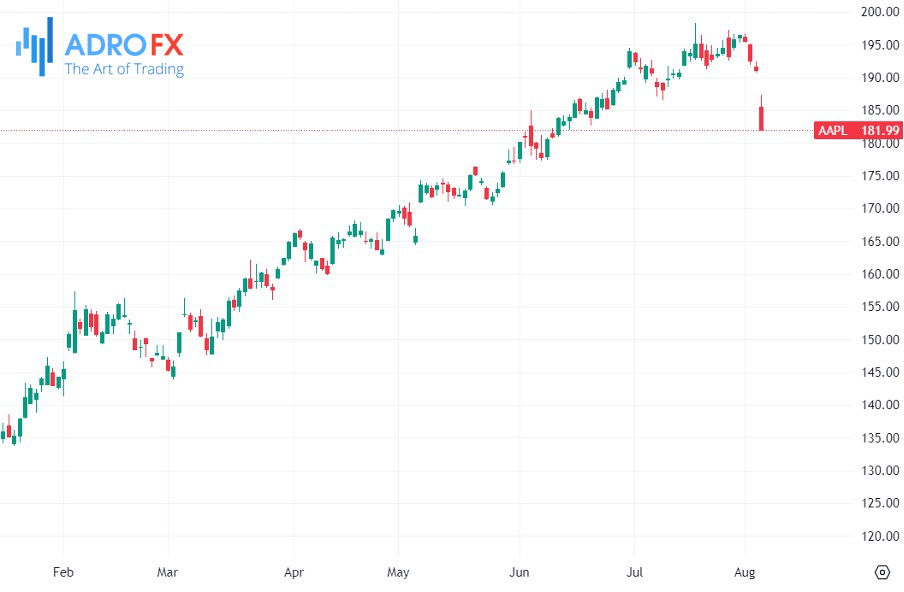
On the other hand, Amazon.com Inc (NASDAQ: AMZN) received praise for its impressive performance on the earnings stage. The company's stock rose by 9% after reporting better-than-expected results for the second quarter. A significant highlight of the report was the strong performance of its cloud business, Amazon Web Services.
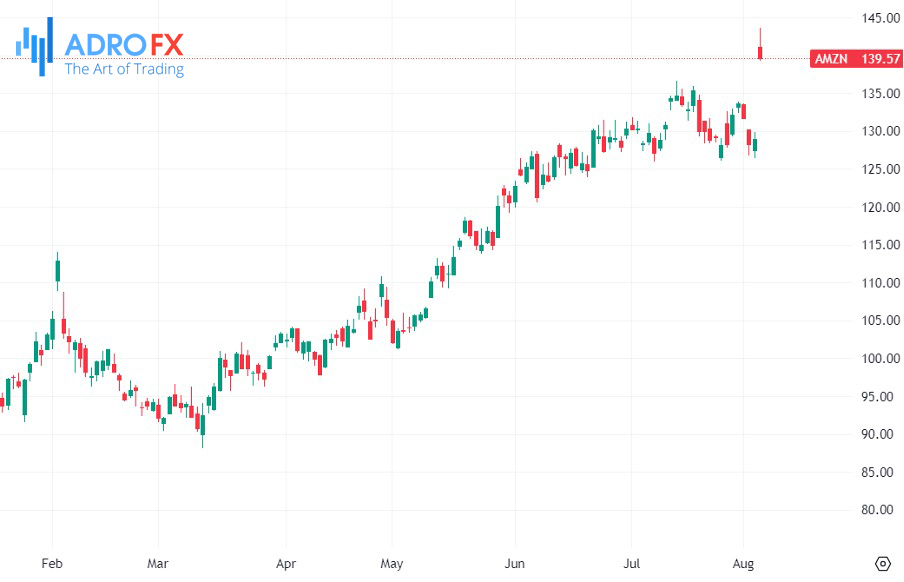
These contrasting reactions to the quarterly earnings of the two tech giants underscore the ongoing dynamics and challenges in the market. While Amazon impressed investors with its robust performance, concerns about the smartphone market weighed down on Apple's stock despite positive financial results. Investors are closely monitoring industry trends and individual company strategies to make informed decisions in a rapidly evolving market.
In the past two weeks, major central banks, including the Fed, ECB, and BoE, have conducted policy meetings, resulting in 25bp rate hikes. On the other hand, the BoJ and RBA maintained their policy rates unchanged. The Fed and ECB emphasized a data-dependent approach in their policies, while the BoE and ECB members expressed patience. The BoJ took a small step towards policy normalization by introducing greater flexibility to its yield curve control.
As the market navigates through various central bank policies and economic indicators, investors are closely monitoring data and policy statements to gauge the trajectory of global monetary policies and their potential impacts on the markets.
Gold prices managed a slight recovery on Monday after experiencing steep losses in the previous week. The recent surge in US Treasury yields, driven by concerns over higher interest rates and a US ratings downgrade, had weighed heavily on gold prices in recent trading sessions.
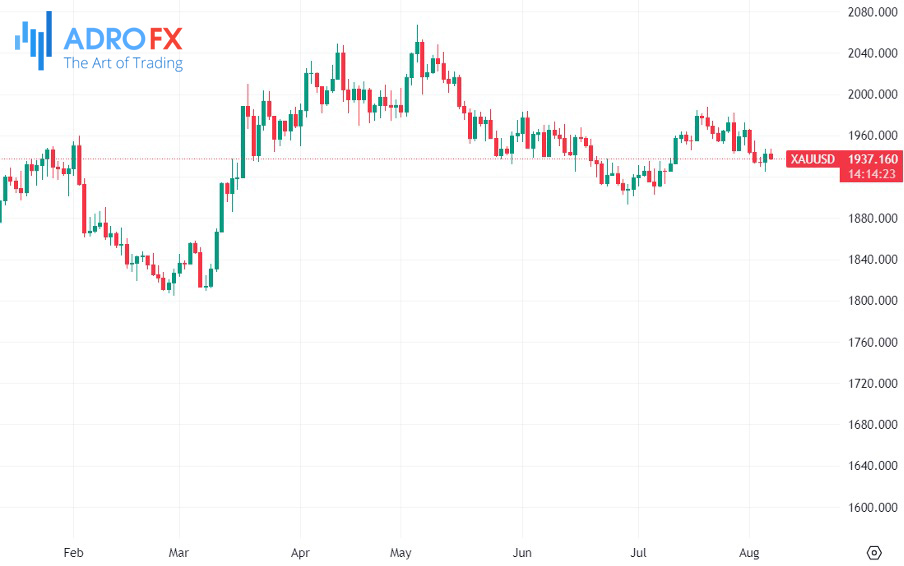
Additionally, the dollar's resurgence had added to the downward pressure on the precious metal.
Despite a minor rebound on Friday following weaker-than-expected nonfarm payrolls data, gold still closed the week with a 1% decline, marking its worst performance in over a month. Now, market focus has shifted to the US consumer price index inflation data scheduled for release on Thursday, which will offer insights into the state of the world's largest economy.
If inflation is shown to have picked up again after a sharp decline in June, it could fuel expectations of more interest rate hikes from the Federal Reserve. In anticipation of strong inflation readings, gold is expected to continue retreating, while the dollar is poised to appreciate.

The prospect of higher and more prolonged US interest rates has been a major factor behind gold's recent weakness, leading traders to prefer the dollar even after Fitch downgraded the US sovereign rating. The downgrade triggered a surge in US Treasury yields, creating additional pressure on non-yielding assets like gold. As investors closely monitor inflation data and the evolving interest rate landscape, the gold market remains sensitive to any further developments that could impact its performance.








